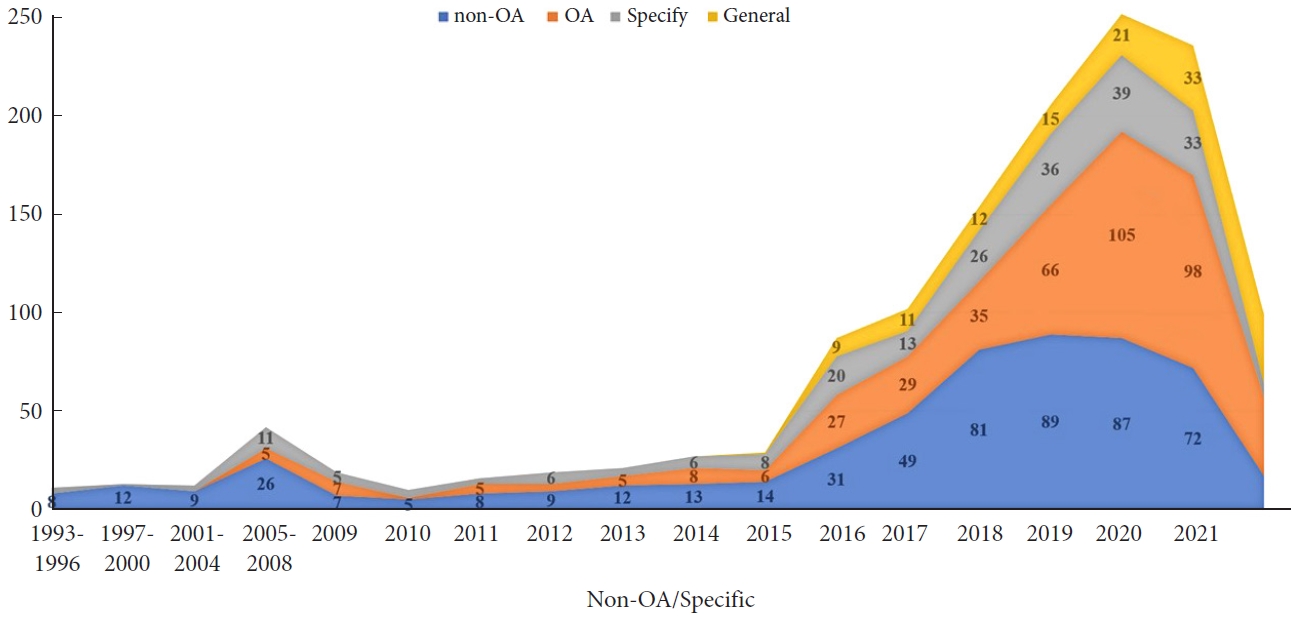- Search
|
|
||
Abstract
Objective
Methods
Conclusion
Supplementary Material
NOTES
Conflict of Interest
The corresponding author, Jin-Sung Kim, is a consultant of Richard Wolf, GmbH, and Elliquence, LLC. The other authors have no conflicts of interest to declare.
Funding/Support
This research is supported by a grant from Korea’s Health Technology R&D Project through the Korea Health Industry Development Institute, funded by the Ministry of Health & Welfare, Republic of Korea (Grant Number: HC20C0163).
Author Contribution
Conceptualization: YL, VK, JQO, KJ, HJ, AVK, NMW, YKL, JLK; Data curation: YL, VIF, S Sharma, S Suvithayasiri, RBA, AWH, KKP, BP, MSJ; Formal analysis: YL, LAS; Funding acquisition: JLK; Methodology: YL, VK, VIF, KJ, GL, MW, NMW, LSW, KA, KKP, BP, MSJ, JLK; Project administration: S Sharma, AVK, K Akbary, TKS, JLK; Visualization: YL, AM, HJ, LSW; Writing - original draft: YL, VIF, S Sharma, S Suvithayasiri, KTC; Writing - review & editing: YL, VK, JQO, VIF, S Sharma, S Suvithayasiri, KJ, GL, AM, AVK, RBA, MW, AWH, NMW, LSW, KA, KKP, BP, KTC, YKL, MSJ, TKS, LAS, JLK.
ACKNOWLEDGEMENTS
Fig. 2.

Fig. 3.

Fig. 4.

Fig. 5.

Fig. 6.

Fig. 7.

Table 1.
Table 2.
| Item | No. (%) | API* | H-index | SCP | MCP | MCP_ratio | GDP/POP. (T$/M, 2021) | Health expen- diture (T/$, % of GDP, 2019) | Physicians/nurs- es (per 1000 peo- ples) (2014-19) | Income level |
|---|---|---|---|---|---|---|---|---|---|---|
| China | 516 (52.4) | 7.0 | 26 | 516 | 22 | 0.04 | 17.7 (1,412.6) | 0.96 (5.4) | 2.0/2.7 | Upper middle income |
| Korea | 212 (21.4) | 24.0 | 40 | 174 | 32 | 0.16 | 1.8 (51.7) | 0.15 (8.2) | 2.4/7.5 | High income |
| United States | 109 (11.0) | 24.6 | 26 | 64 | 18 | 0.22 | 23.0 (331.9) | 3.86 (16.8) | 2.6/15.7 | High income |
| Germany | 51 (5.6) | 47.6 | 20 | 33 | 4 | 0.11 | 4.2 (83.1) | 0.49 (11.7) | 4.3/13.5 | High income |
| Japan | 41 (4.1) | 7.3 | 9 | 35 | 1 | 0.03 | 4.9 (125.7) | 0.52 (10.7) | 2.5/12.7 | High income |
| Turkey | 21 (2.1) | 10.8 | 7 | 19 | 2 | 0.10 | 0.8 (85.0) | 0.03 (4.3) | 1.8/3.0 | Upper middle income |
| Netherlands | 17 (1.7) | 15.9 | 9 | 5 | 4 | 0.44 | 1.0 (17.5) | 0.10 (10.1) | 3.7/11.5 | High income |
| India | 14 (1.4) | 7.4 | 5 | 9 | 0 | 0 | 3.1 (1,393.4) | 0.09 (3.0) | 0.9/2.4 | Lower middle income |
| Brazil | 11 (1.1) | 3.0 | 3 | 4 | 1 | 0.20 | 1.6 (214.0) | 0.15 (9.6) | 2.3/7.4 | Upper middle income |
| Italy | 10 (1.00) | 5.8 | 5 | 8 | 0 | 0 | 2.1 (59.1) | 0.18 (8.7) | 8.0/5.9 | High income |


































